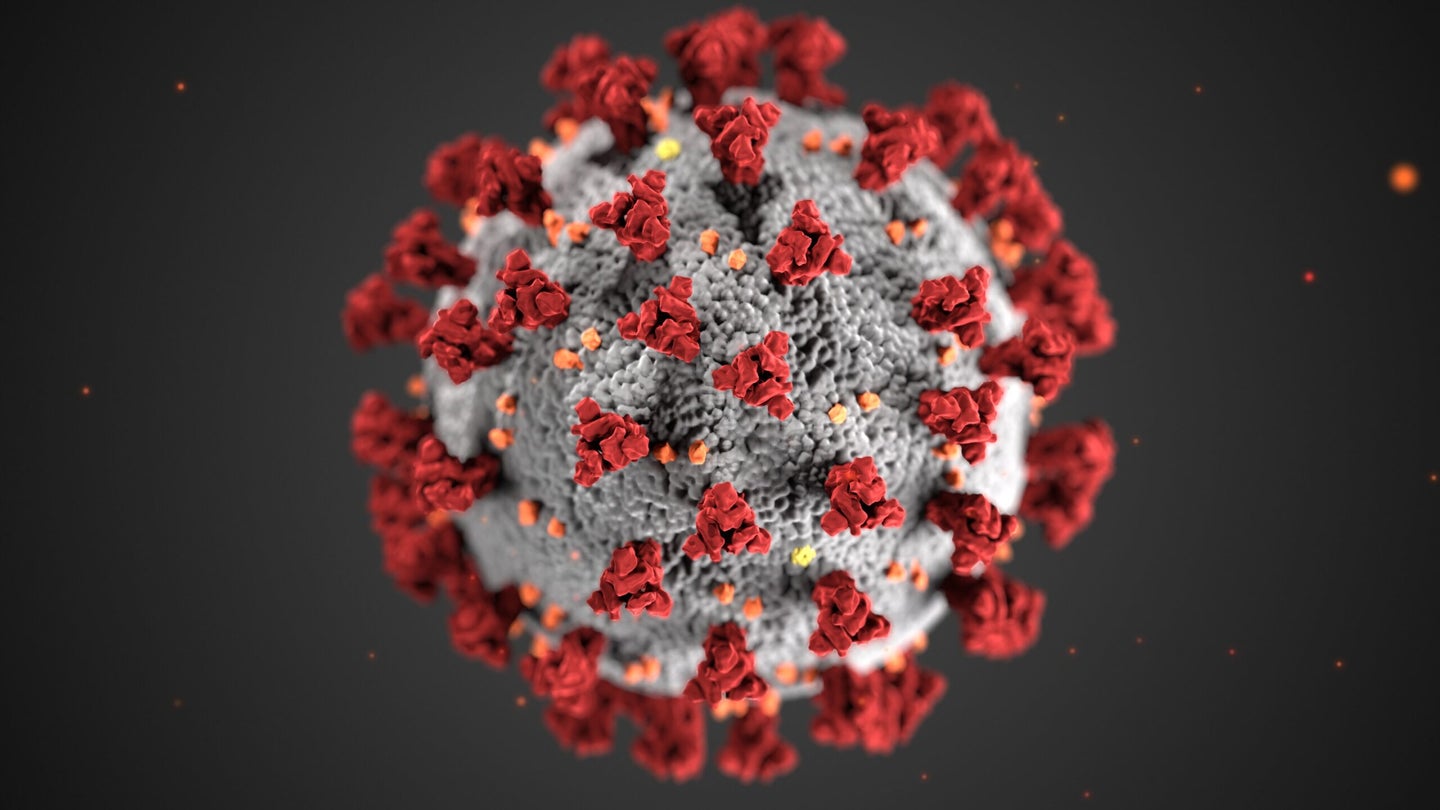Why the CDC just shortened COVID quarantines to 5 days for asymptomatic cases
This change reflects when people are most likely to transmit the coronavirus, the agency says.

Though COVID cases are rising across the country as Omicron spreads, the US Centers for Disease Control and Prevention updated its isolation and quarantine recommendations on Monday, shortening the recommended period from 10 days to five.
Asymptomatic people who test positive and unvaccinated individuals exposed to the virus need only isolate or quarantine for five days, the CDC’s new guidelines say, with the clock starting the day of a positive test. After five days, asymptomatic people can resume normal activities, but should wear a mask around other people for another five days.
Anyone experiencing symptoms at all, regardless of vaccination status, should immediately get tested and isolate if positive. Symptomatic people who test positive should isolate for a full 10 days, counting from the first day after symptoms develop.
The new guidelines also say that people who have not gotten their booster shot and received their second mRNA vaccine dose (of Pfizer or Moderna) more than six months ago, or their Johnson & Johnson shot more than two months ago, should follow the same five and five rule if exposed to the coronavirus. Quarantine for exposure should begin the day you are told that you were exposed. “Alternatively, if a 5-day quarantine is not feasible,” the guidelines say, “it is imperative that an exposed person wear a well-fitting mask at all times when around others for 10 days after exposure.”
Individuals who have had their booster shot do not need to quarantine after exposure under these new guidelines, but should wear a mask for 10 days in all settings. Everyone who has been exposed should get tested at day five after exposure, no matter vaccination status.
[Related: Your damp or sweaty mask still works fine]
The Omicron variant has caused infection rates in the US to soar—daily new case counts are at an all-time pandemic high, reaching 543,415 on Monday according to data from The New York Times. Despite the surge, the CDC explains that halving the recommended isolation time “is motivated by science demonstrating that the majority of SARS-CoV-2 transmission occurs early in the course of illness, generally in the 1-2 days prior to onset of symptoms and the 2-3 days after.” The critical period for transmission are the first few days of infection, which is why the agency emphasizes quarantine and vigilant masking in that immediate period upon exposure or illness.
Some health experts have been calling for this kind of change for months, since shorter isolation and quarantine periods appeared to be sufficient to slow the spread, though others say the CDC’s updated guidelines are confusing to the public. Complicating matters, the new recommendations are “happening at a time when more people are testing positive for the first time and looking for guidance,” Lindsay Wiley, an American University public health law expert, told the Associated Press. The update “is going to be perceived as coming in response to pressure from business interests,” Wiley added.
Although the risk of spread may drop substantially after five days, it will not necessarily disappear for everyone, New York physician and spokesman for the Infectious Diseases Society of America Aaron Glatt told the AP—“you’re still going to have a small but significant number of people who are contagious.”
CDC Director Walensky also told AP that changing the agency’s recommendations is an attempt to get ahead of other states that may also try to shorten their isolation and quarantine policies. Instead of different states rolling out conflicting mandates, “it would be helpful to have uniform CDC guidance,” Walensky said.
In the CDC statement, Walensky added that preventing infection and spread is the best pandemic strategy: “Get vaccinated, get boosted, wear a mask in public indoor settings in areas of substantial and high community transmission, and take a test before you gather.”
